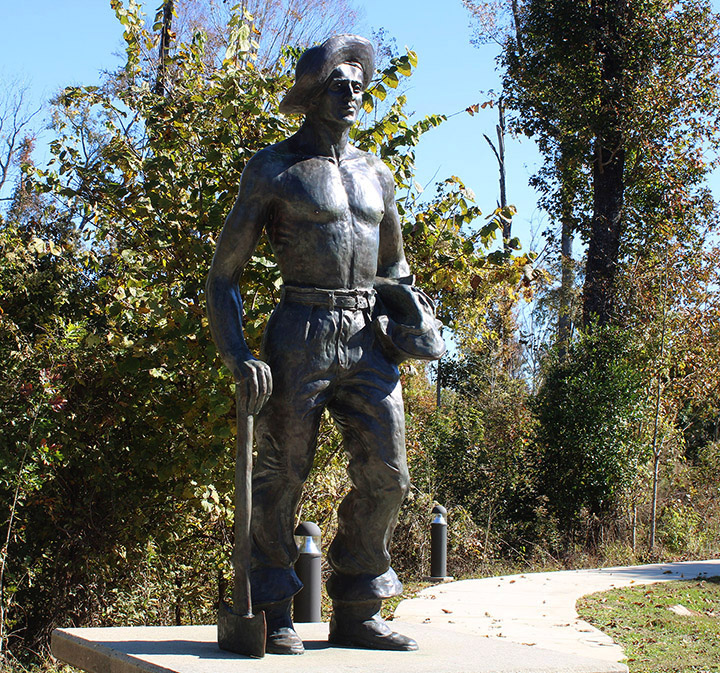Much of CCC’s efforts remain intact in Northwest Florida State Parks
In the midst of the Great Depression, the Franklin D. Roosevelt administration secured the creation of the Civilian Conservation Corps (CCC) in the spring of 1933. The program was intended to put unemployed men to work undertaking conservation work, including the restoration and recreational development of federal and state public lands.
During the administration of the program, CCC enrollees throughout the country were credited with renewing the nation’s decimated forests by planting an estimated three billion trees between 1933 and 1942. Throughout the U.S. more than 500,000 men participated as CCC enrollees.
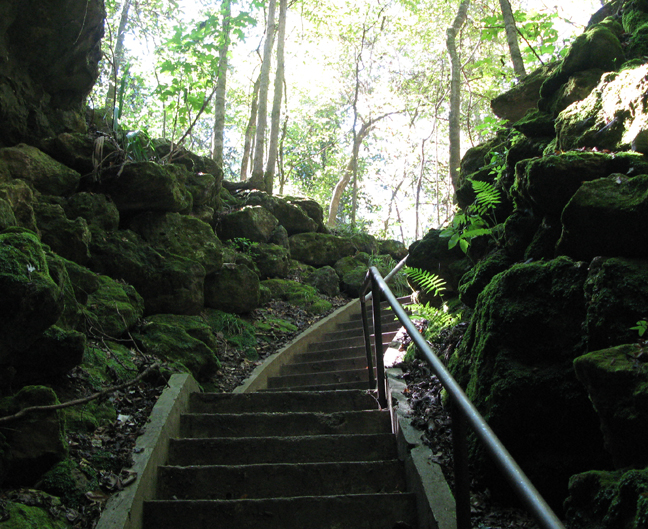
Although the Florida legislature authorized creation of a state park system in 1925, it took the Depression of the 1930s and the development of federal New Deal programs to create the impetus for the formation of the Florida State Park system. Since no state funds were available for acquisitions, the early parks were acquired by donation or forfeiture for unpaid taxes. CCC overhead were used to tangibly form our earliest Florida State parks.
By 1935 four state parks were established – Myakka River State Park, Hillsborough River State Park, Torreya State Park, and Gold Head Branch State Park. Four others were under consideration but not yet acquired, including Highlands Hammock State Park, Suwannee River State Park, Tomoka State Park and Santa Rosa Island. By 1942, when the CCC stopped operations and turned all management of the parks over to the Florida Park Service, 11 parks had been acquired consisting of 25,527 acres.
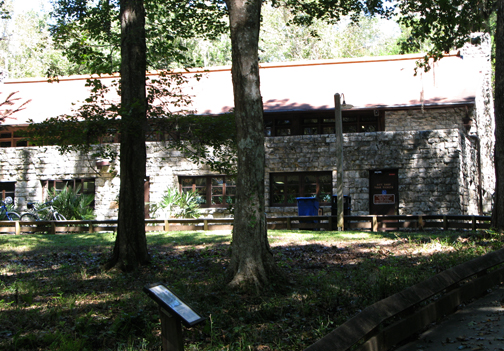
The first CCC camp was established in June 1934 at what is now Highlands Hammock State Park (Camp SP-3). By 1938, five camps were operating for work in seven state parks and a forestry camp was established at O’Leno, which eventually became a state park. In October 1935, the only African-American CCC camp was established at Myakka River State Park. The early superintendents, landscape architects and construction managers were employed by the National Park Service, since the state did not have funding to support the operations. This continued until after World War II. Emmett Hill, a landscape architect, was hired by the National Park Service to develop and approve development plans for the parks in Florida. Hill became the state park director in 1953.
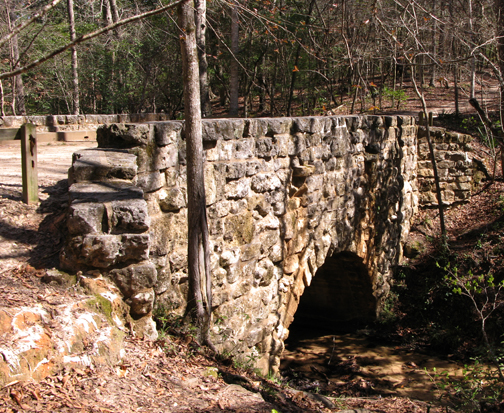
The CCC constructed nearly all the facilities in the eight state parks. These included recreational facilities such as cabins, picnic shelters, entrance stations, support buildings, one trailer camp and recreation equipment such as rental boats. Materials for the construction projects mostly came from the individual parks and included rock, lumber, fill-dirt and even the palm logs used in the construction of picnic shelters and cabins at Myakka River State Park. Other work projects included land management activities such as construction of dams and weirs for flood control, reforestation and landscaping.
At Torreya State Park, the Gregory House, an antebellum plantation house was dismantled, relocated across the Apalachicola River to the park and reconstructed on the high bluff. At Florida Caverns, CCC enrollees excavated sediment from the main cave to establish a tour route for visitors. The CCC also developed Ft. Clinch State Park, including extensive removal of sand from the fort and renovation of the storehouse to serve as a museum and library. The CCC camps were also involved in fighting wildfires and in creating fire breaks. By 1941, 99 buildings had been constructed in the eight parks. By 1942, all of the CCC camps in Florida were closed because of World War II. State park development came to a halt and did not significantly advance for a decade.
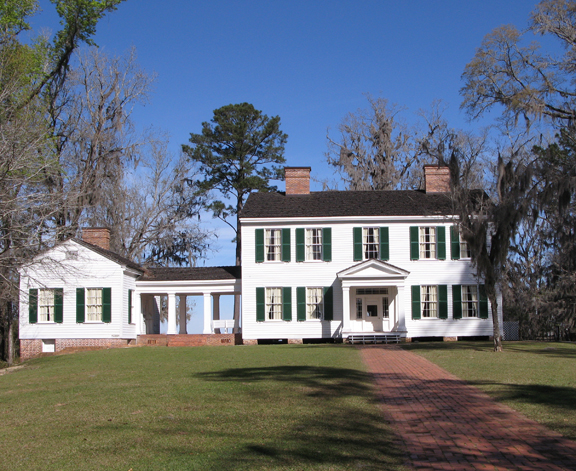
Had it not been for the CCC camps, federal leadership from the National Park Service and funds from the Federal Emergency Relief Administration, the state park system would have been delayed many more years, and would never have achieved the architectural quality that those early parks showcase. The Florida Park Service recognizes the debt it owes to the men who contributed their labor and lives to the construction of Florida’s first state parks. To that end, the State Civilian Conservation Corps Museum was established and opened at Highlands Hammock State Park in 1994 and upgraded in 2003.

